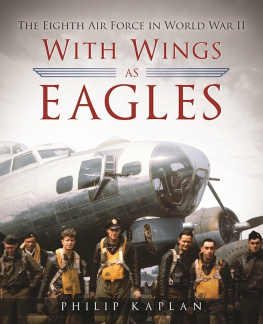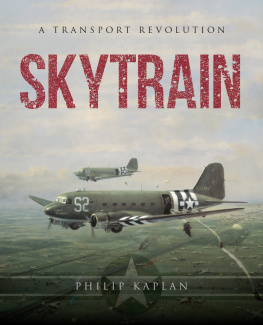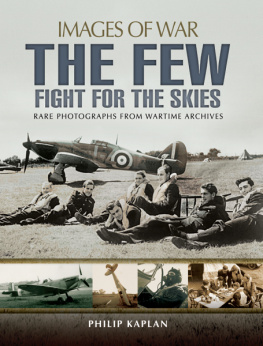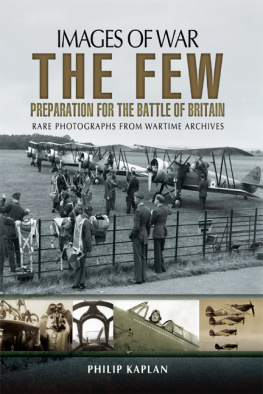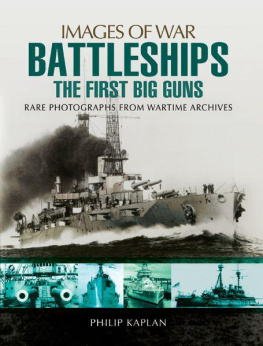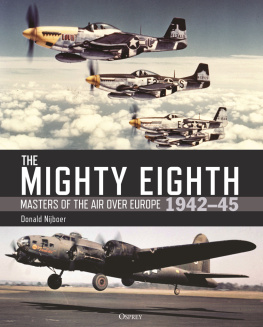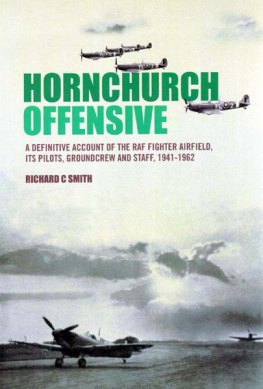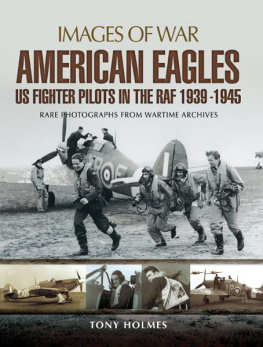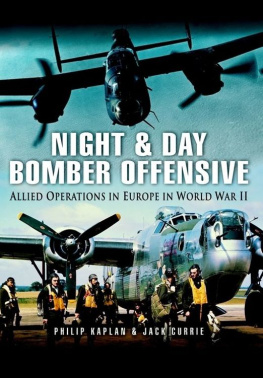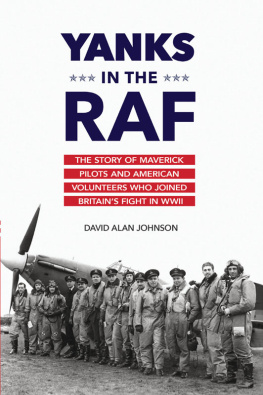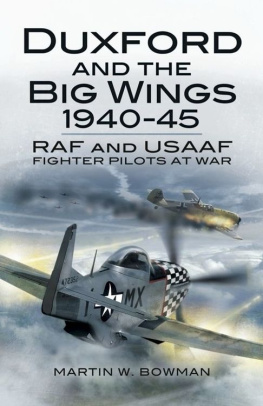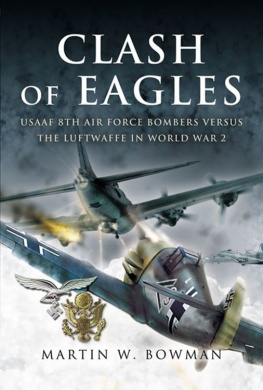Copyright 2017 by Philip Kaplan
All rights reserved. No part of this book may be reproduced in any manner without the express written consent of the publisher, except in the case of brief excerpts in critical reviews or articles. All inquiries should be addressed to Skyhorse Publishing, 307 West 36th Street, 11th Floor, New York, NY 10018.
Skyhorse Publishing books may be purchased in bulk at special discounts for sales promotion, corporate gifts, fund-raising, or educational purposes. Special editions can also be created to specifications. For details, contact the Special Sales Department, Skyhorse Publishing, 307 West 36th Street, 11th Floor, New York, NY 10018 or .
Skyhorse and Skyhorse Publishing are registered trademarks of Skyhorse Publishing, Inc., a Delaware corporation.
| Visit our website at www.skyhorsepublishing.com. | is an extension of this copyright page. |
10 9 8 7 6 5 4 3 2 1
Library of Congress Cataloging-in-Publication Data is available on file.
Cover design by Rain Saukas
Cover photo: Authors collection
Print ISBN: 978-1-5107-0510-4
Ebook ISBN: 978-1-5107-0515-9
Printed in China

CONTENTS
they that wait upon the Lord shall renew their strength; they shall mount up with wings as eagles
Isaiah 40:31



EAKERS AMATEURS
Somebody said that it couldnt be done, but he with a chuckle replied, that maybe it couldnt, but he would be one who wouldnt say so till hed tried. So he buckled right in with the trace of a grin on his face. If he worried he hid it. He started to sing as he tackled the thing that couldnt be done, and he did it.
from Edgar Albert Guests poem, It Couldnt Be Done
We are coming, Father Abraham, three hundred thousand more.
J.S. Gibbons
IT WOULD BECOME the most intensive, concentrated and effective air assault in history.
The American and British Chiefs of Staff met after the 7th December 1941 Japanese attack on US naval and air facilities and battleships at Pearl Harbor, Hawaii, an attack which brought the United States into the Second World War. Four days after that attack, Germany, an ally of Japan, had declared war on the U.S. When the Allied military leaders then conferred they had two goals in mind: To achieve air superiority over the German Air Force in order to prepare for an Allied invasion of the European continent; and to destroy Germanys war-making capacity.
The British Royal Air Force had been gradually building its own capability for taking the war to Germany and German targets in Continental Europe through a major strategic bombing effort. Having been at war with Germany since September 1939, the British government and the RAF welcomed the entry and participation of the Americans in the European air war. The RAF particularly relished the prospect of U.S. heavy bombers joining with their own aircraft in the raids they were conducting on an ever-increasing scale.
To that end the Americans set about to establish a new air force in the United Kingdom. It would ultimately become the largest and most powerful military air organization ever, and would, with the RAF, carry out a massive combined bombing offensive of almost unimaginable proportions against the German enemy.
Early in 1942 the vanguard of nearly 350,000 American Army Air Force men of widely differing backgrounds began arriving in England, where the population had already been enduring the dangers and deprivation of war for more than two years. These Yanks, as the British referred to them, came determined to do their part in the high-altitude bombing of German targets in Europe, but they had been trained to do so by daylight and not at night as the British did. Earlier in the war the RAF had tried daylight bombing and had declared it impossible. Thus, the policy battle lines were drawn between these two old allies. In time, however, the argument was settled and the Americans won the chance to prove their case for daylight precision bombingwhich they didbut only at an enormous cost in lives and equipment. It would be a period of great danger for them, and death for many. It was also a time of endless fatigue, boredom, true comradeship, and the excitement of radically new experiences and emotions. For most it was destined to be the one great adventure of their lives. Those who flew the demanding, dramatic, and frequently spectacular bombing missions of the American Army Air Force from English airfields during World War Two had an utterly unique experience, incomparable to any before or since.
With four distinct U.S. Army Air Forces established and operating, the new UK-based outfit was to be the Fifth U.S.A.A.F., but within days of the new organizations designation, it was redesignated the Eighth, as the Fifth and two additional air forces had been planned for other assignments. By late March 1942, at the suggestion of Major General Carl Spaatz, commanding general-designate of the Eighth, his new organization was committed to be the nucleus of the American offensive air operations from the United Kingdom.
The Eighth Air Force would be assigned the most challenging, demanding, and dangerous job of those given to all American air forces in that warthe high-altitude daylight precision bombing campaign against Nazi Germany. Would the attacks of the Eighth, together with those of the RAF by night, sufficiently weaken German war production to reduce the cost in lives of the eventual Allied invasion of Europe? Could the Eighth be equipped and brought up to required strength quickly without unduly hampering USAAF operations in other war theatres? Could the bombing campaign of the Eighth be conducted within the parameters of acceptable losses? The young, inexperienced American air force in England had no answers to these questions. No one knew if high-altitude precision bombing of the German targets by day could be carried out successfully amid enemy flak and fighter defenses and the prevailing weather conditions in northwestern Europe. RAF leadership was politely sceptical and few in the high command of the Eighth were more than guardedly optimistic. But we are getting ahead of our story.

The 34th Bomb Group Memorial at Mendlesham.

An officer at Pinetree, the headquarters of Eighth Bomber Command, at High Wycombe, Buckinghamshire, in the Second World War;
20th February 1942 dawned gray and unpromising and would remain that way. Allied flights from Lisbon to Britain in those days meant risking interception by long-ranging German patrol aircraft operating over the Bay of Biscay from French bases. One such flight arriving that day at RAF Hendon, a Douglas DC-3/Dakota, carried an American air force officer who initially would be responsible for arranging the reception of the new combat flying units of the Eighth, a man who for many weeks had been studying the methods, means, procedures, and quirks of the RAF bombing operations against German targets. Brigadier General Ira C. Eaker was among Americas foremost proponents of the USAAF version of strategic bombardment as a primary war-winning approach. General Eaker arrived in England at a point when war actions were mostly grim and depressing for the Allies. In addition to their surprising Pacific advances on and after their Pearl Harbor raid, the Japanese had invaded and taken Singapore, attacked and sunk the British battleships HMS Prince of Wales and HMS Repulse , and taken Bataan from the Americans; there was also the retreat of Allied armies across Libya, German panzer tanks nearing Stalingrad, and the massive Allied shipping losses on the Atlantic to Hitlers hunting U-boats. Yet another recent defeat of sorts was the Channel Dash escape of the German warships Scharnhorst, Gneisenau, and Prinz Eugen from their vulnerable anchorages in the harbor at Brest to a safer port in Germany. The British critics of air power were demanding an explanation for the failure of the RAF and the Fleet Air Arm to prevent that escape. Defending the poor results of that air power was proving a challenge for its champions in London.

